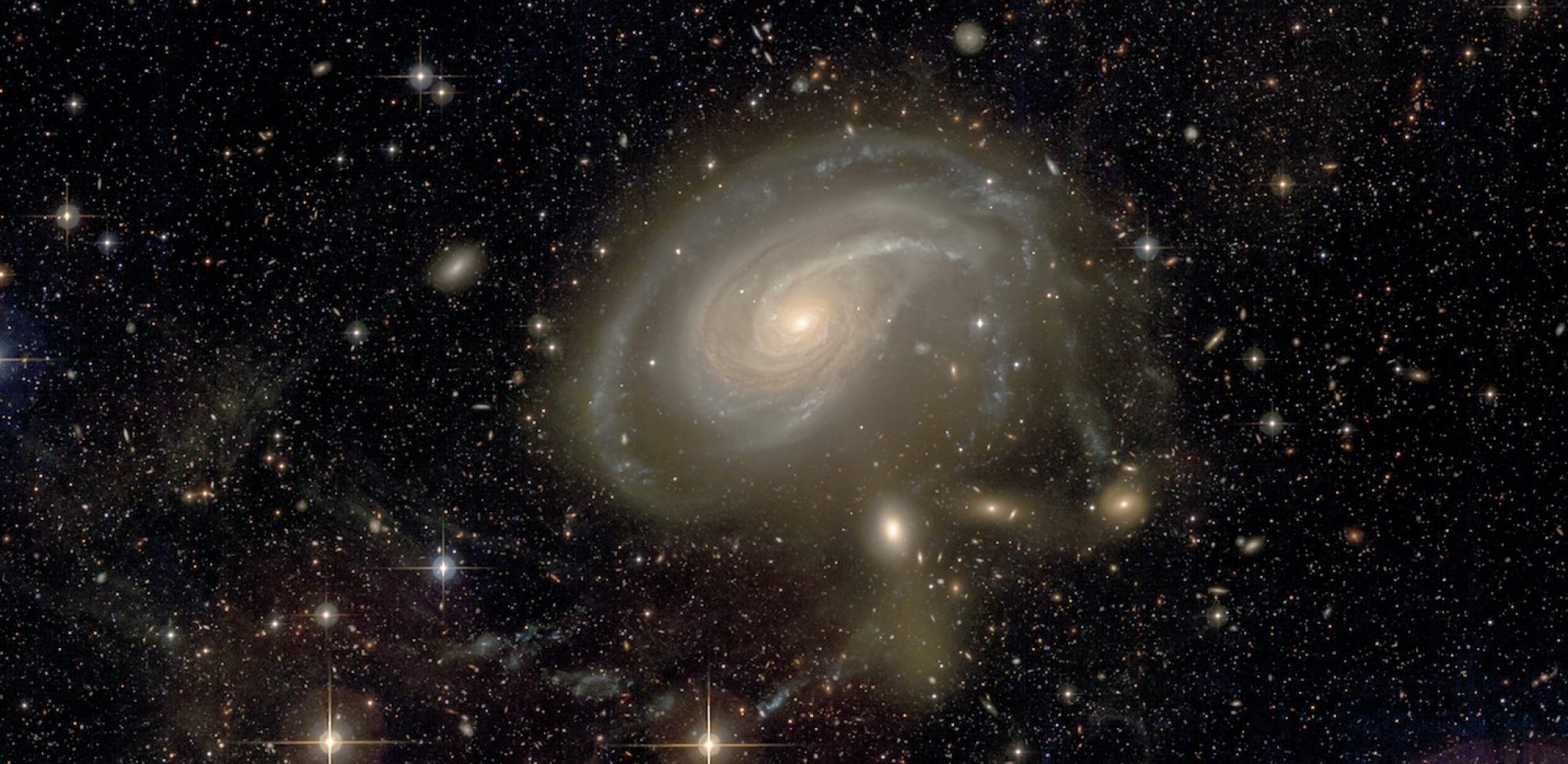
Various programs aimed at exploring the still largely unknown low surface brightness Universe with deep imaging optical surveys have recently started. They open a new window for studies of galaxy evolution, pushing the technique of galactic archeology outside the Local Group (LG).
The method, based on the detection and analysis of the diffuse light emitted by collisional debris or extended stellar halos (rather than on stellar counts as done for LG systems), faces however a number of technical difficulties, like the contamination of the images by reflection halos and Galactic cirrus. I review here the on-going efforts to address them and highlight the preliminary promising results obtained with a systematic survey with MegaCam on the CFHT of nearby massive early-type galaxies done as part of the ATLAS3D, NGVS and MATLAS collaborations.
Published in Duc, 2015, IAU S311, 120

